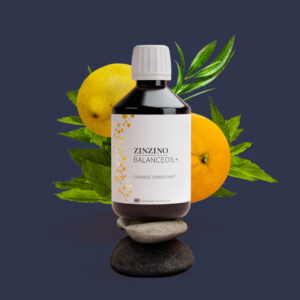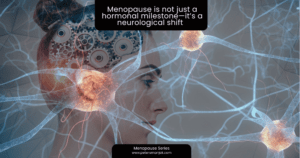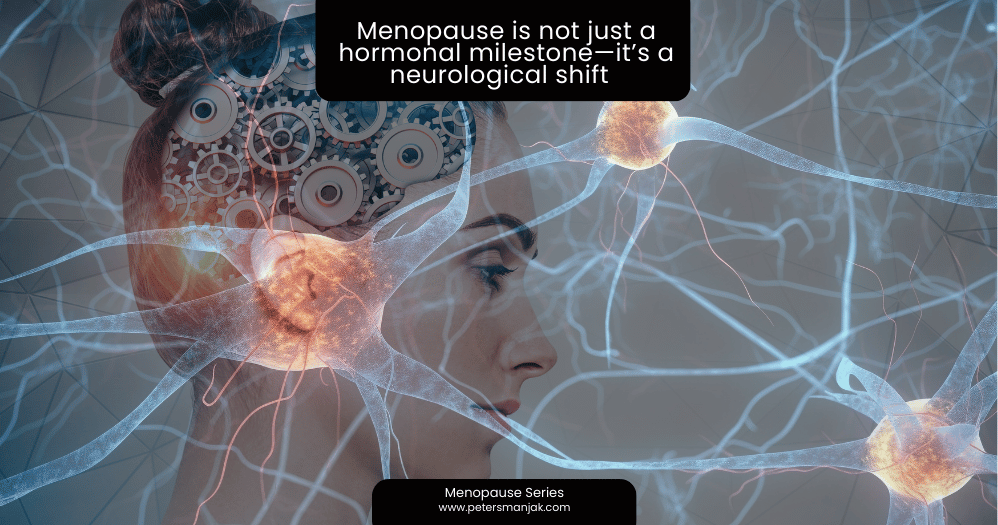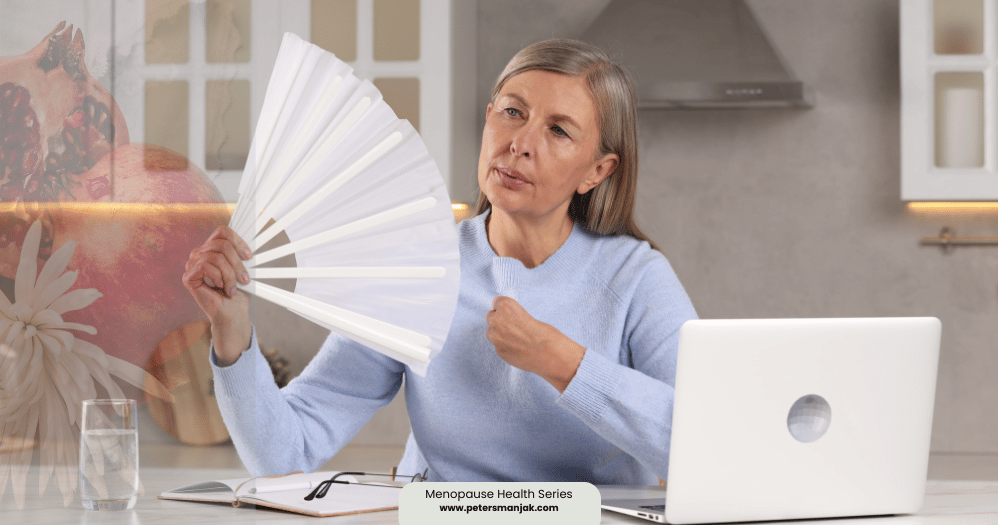When you read a local headline that says:
Six or seven of every 10 people in SA ‘will get Covid-19’
But a fraction of those will be serious cases – health minister.
Now who are those 6 or 7 of every 10 people? You, your neighbour? Who actually knows. Well, for some, I am certain as recoveries are showing that chances are far greater to shrug off the virus and even more effective if one is taking additional care to boost his or her immunity. The aged population and those with compromised immune systems could be at greater risk because their immunity is already compromised and if not supporting their immune system, will most certainly create a greater exposure if infected.
If you are exposed to the virus and infected what is your immediate plan to recover? We are learning that viruses are deadly when an immune system is compromised or not functioning optimally. Many factors contribute to a compromised immune system which is your first defence mechanism when contracting a virus.
So, we have the Health Minister Zweli Mkhize saying around March 20th that between 60% and 70% of South Africans will contract coronavirus disease 2019 (Covid-19), but a fraction of that percentage will be serious cases. That is a lot of people in South Africa and I doubt very much that it would be that many, unless it’s let loose in the informal settlements around the country.
Mkhize’s comments are said to be aligned with those made by German Chancellor Angela Merkel. She warned in March that up to 70% of the German population could contract the disease (do they mean virus?), and described the outbreak as the biggest challenge Germany has faced since World War II. I am missing something here. During WWII an estimated total of 70–85 million people perished, which was about 3% of the 1940 world population (est. 2.3 billion). Total death in Nazi Germany at the time is estimated at 6,900,000 to 7,400,000. Can we compare the astrocities of WWII to the Coronavirus?
At the time of writing the statistics look as follows:
| Country, Other | Total Cases | New Cases | Total Deaths | New Deaths | Total Recovered | Active Cases | Serious, Critical | Tot Cases/ 1M pop | Deaths/ 1M pop | Total Tests | Tests/ 1M pop |
|---|---|---|---|---|---|---|---|---|---|---|---|
| World | 1,532,439 | +14,479 | 89,716 | +1,261 | 337,471 | 1,105,252 | 48,235 | 197 | 11.5 | ||
| USA | 435,160 | +233 | 14,797 | +9 | 22,891 | 397,472 | 9,279 | 1,315 | 45 | 2,226,116 | 6,725 |
| Spain | 152,446 | +4,226 | 15,238 | +446 | 52,165 | 85,043 | 7,069 | 3,261 | 326 | 355,000 | 7,593 |
| Italy | 139,422 | 17,669 | 26,491 | 95,262 | 3,693 | 2,306 | 292 | 807,125 | 13,349 | ||
| Germany | 113,296 | 2,349 | 46,300 | 64,647 | 4,895 | 1,352 | 28 | 1,317,887 | 15,730 | ||
| South Africa | 1,845 | 18 | 95 | 1,732 | 7 | 31 | 0,3 | 63,776 | 1,075 |
According to global statistics for testing, Germany has performed 355,000 tests where SA has only performed 63,776. Are we falling behind but predicting what is to come.
In the EU/EEA and UK
The risk of severe disease associated with COVID-19 in the EU/EEA and UK is currently considered moderate for the general population and very high for populations with defined risk factors associated with elevated risk.
USC Study Finds Increasing Actions and Risk Perceptions for Coronavirus
A national USC survey reveals that more than 25% of Americans believe they’re in no danger of being infected with COVID-19 in the next three months. The vast majority recognize the value of handwashing and sanitising to keep themselves safe from infection .
On a scale of 0 to 100, people were asked to rate their chances of becoming infected with the coronavirus in the next three months.
- Slightly more than 1 in 4 believe they’ve got a less than 1% chance of becoming infected
- More than 40% rated their odds of infection at less than 10%.
- 13% believe they’ve got a 50 to 60% chance of getting the virus in the next three months
- Only 6% rated their odds of infection at being greater than 60%
“We’ve been collecting this data during a week of rising infection rates, breaking news related to COVID-19 and new official recommendations. Even during this week, we’ve already recorded shifts in perceptions” said Bennett, an economist at CESR. “Our survey offers a valuable baseline for future analysis.”
Since our survey was in the field for several days, a day-to-day comparison of perceptions and behaviors can provide a look at how people have reacted to so many rapid changes. Readers should interpret these findings with caution. Respondents were all invited to complete the survey on the same day, but some people responded more quickly than others. Respondents who completed the survey on different days could differ in important factors that might affect their responses. However, the patterns below hold if we control for age, gender, education, employment status and race/ethnicity.
Stepped-up Prevention Behaviours
Respondents were asked what they had done to keep themselves safe from the coronavirus over the past seven days, compared to what they normally do. People generally stepped up preventative actions from March 10 to March 16.
- Stepping-up hand washing increased from 82 percent on March 10 to 94 percent on March 16.
- Social distancing rose from 57 percent on March 10 to 89 percent on March 16. Social distancing included canceling or postponing travel for work or for pleasure; canceling or postponing work or school activities, or personal or social activities; avoiding public spaces, gatherings, or crowds; avoiding contact with people who could be high risk; avoiding eating at restaurants; and working or studying at home.
- Praying rose from 47 percent on March 10 to 57 percent on March 16.
- Stockpiling food or water rose from 21 percent to 43 percent.
- Canceling a doctor’s appointment went up from 4 percent on March 10th to 19 percent on March 16.
- Wearing a face mask was the one action that remained mostly consistent, and was reported by 9 percent of respondents on March 10 and by 12 percent on March 16.

Wearing a face mask was the one action that remained mostly consistent. With the CDC statement recommending the use of face masks, these perceptions most likely has increased.
Protective Masks available here.
Given the way the numbers have grown in the US, I have no doubt that these perceptions have changed as face masks have become one of the most important forms of protection when in social settings.

False Negatives – Big Problem
According to an article in the South China Morning Post, Li Yan, head of the diagnostic center at the People’s Hospital of Wuhan University, noted on Chinese state TV that because of the multi-step process, an error at any stage could result in an incorrect outcome when testing Covid-19, and Wang Chen, president of the Chinese Academy of Medical Sciences, also on CCTV, said the accuracy is only 30 to 50%.
David Crowe says that Wang Chen really means, that the test is only ever falsely negative, and never falsely positive. In a paper documenting a cluster of illness and positives tests in a family, this bias is clear, as most patients had more negative tests than positive tests, but were considered positive anyway.
The only way to decide logically and scientifically is to have a gold standard for presence of the virus, which can only be purification and characterization. Since this has never been accomplished, doctors get to make decisions on the fly, always leaning towards treating patients as infected.
Positive, Negative, Positive Again – Confusion
David Crowe has stated that some people have fully recovered from illness blamed on coronavirus, started to test negative, and then tested positive again. According to a news report patients are not considered cured in China until they no longer have symptoms, have clear lungs, and have two negative coronavirus tests. Despite this, 14% of discharged patients later tested positive, but with no relapse of symptoms. This is very difficult to explain if the test is for a virus, much easier to explain if the RNA that the test is looking for is not viral in origin.
Conclusions
The first thing is to determine the validity of the test. Right now there is news that the coronavirus panic is based on an unproven RNA test, that has never been connected to a virus. Even if the test can detect a novel virus the presence of a virus is not proof that it is the cause of the severe symptoms that some people who test positive experience (but not all who test positive). Finally, even if the test can detect a virus, and it is dangerous, we do not know what the rate of false positives is. And even a 1% false positive rate could produce 100,000 false positive results just in a city the size of Wuhan and could mean that a significant fraction of the positive test results being found are false positives.
The use of powerful drugs because doctors are convinced that they have a particularly potent virus on their hands, especially in older people, with pre-existing health conditions, is likely to lead to many deaths. As happened with SARS.
It has been said by experts in their field that there is very little science happening. There is a rush to explain everything that is happening in a way that does not question the viral paradigm, does not question the meaningfulness of test results, and that promotes the use of untested antiviral drugs. And, given enough time there will be a vaccine developed and, for some of the traumatized countries, it may become mandatory, even if developed after the epidemic has disappeared.
These numbers are not yet serious and we wait and see what develops. One thing I am grateful for with the COVID-19 scare is that people have become aware that their immunity is a vital component to protecting oneself from falling ill if infected. We have never been so inundated with quesions about what to do as we have over the past three weeks.
The answer to everyone is eat high alkaline foods of every colour. Get in enough nutrients from the food you consume and make sure to get in additional vitamin C to boost the immune system. Then exercise moderately, practice the art of fasting and keep your weight optimal.
References:
1. Moneyweb
2. Worldmeter.com
3. South China Morning Post.
4. ECDC
5. Greenmedinfo
6. Wikipedia
7. USC









